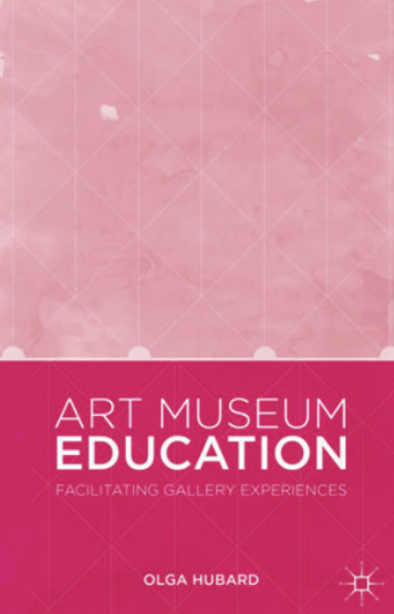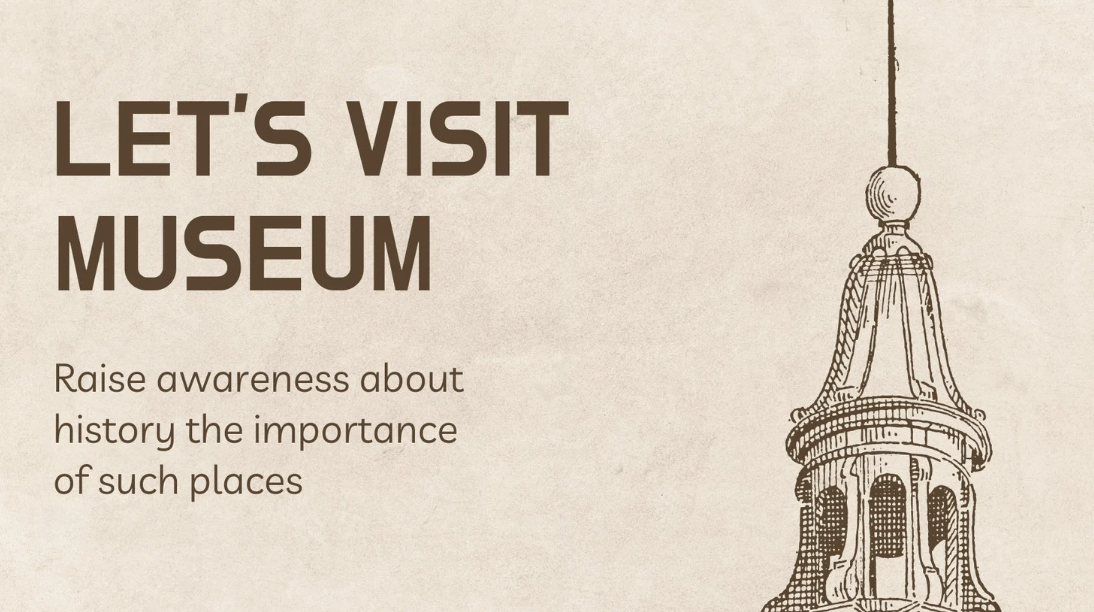What Counts as a Theme in Art Museum Education?, chapter 4 in Art Museum Education by Olga Hubard.7/17/2023 What Counts as a Theme in Art Museum Education?, chapter 4 in Art Museum Education by Olga Hubard. What is the subject of art museum education? Often different concepts of “topic” remain implicit, making communication difficult between educators. The first part of this chapter dispelled this general semantic ambiguity by identifying four types of concepts accepted as themes in various museums. By clarifying the language, we hope to contribute to more effective communication between educators dealing with the subject in museums, schools and other settings. Analyzing the various meanings of the term "subject" and the resulting conceptual clarity of this effort opens a new window for reflection. The themes that museum educators choose inevitably shape how individual museum objects come to life when interacted with by the audience. (1) Themes in literary sense Some museums embrace the literary concept of a theme. In literature, subject refers to the big idea the work conveys: what the work is about beyond its literal plot. This idea “could be about life, society or human nature. Ex. The theme of Picasso's Guernica is "the horrors of war." Subject in a literary sense refers to what the work is about. (2) Themes in a musical sense Some museum professionals accept broader, more general concepts such as “people,” “places,” or “things” as themes. Namely, the adoption of "People", "Places", and "Things" evokes the musical concept of the theme. In music, a theme is anything that produces some variation, such as an identifiable melody or phrase that is repeated throughout a musical composition, either in its original or altered form. (3) Themes in the sense of modernism Concepts such as "shape", "repetition", "rhythm", and "space" are presented as themes that form the frame of programs in some museums. Greenberg postulated that abstract contemporary artworks were no longer about human issues such as war, love and freedom that older works dealt with. For Greenberg, highly modernist works were about the very art processes, elements, and materials they embodied. (4) René Arcilla, a contemporary artist, has suggested that an interpretive emphasis on the medium may also be relevant to the works of other movements such as Minimalism. The last thing to identify here represents an aspect of the artist's creative process. What makes the experience compelling is that as participants engage with each new piece of work, they are invited to consider it by speculating about aspects of the artist's process by asking questions such as: When educators choose a topic that excludes certain interpretability for their curriculum, they can always be transparent with students about this, explain why the topic was chosen, and point out the limitations of interpretation. Musical Themes Musical themes are often seen as a natural fit for young children. The motifs (e.g. people or animals) emphasized by these themes are specific and immediately apparent, providing a clear thread linking the different works. Additionally, asking how an image of a person, animal, or place is unique, similar to or different from other images, can be an engaging activity for young children in museums and schools. Topics in musical meaning can also be promising for older learners. Themes in the modernist sense At first glance, themes in the modernist sense may seem relevant to students engaged in the study of the visual arts, especially because of their connection to formal elements. In this regard, it is helpful to remember that the most meaningful art-making usually occurs when the process and its results are connected to the interests and experiences of the students, rather than based on the elements or principles of design per se. That said, factors like size, color, depth, etc. can, and often do, play a role in an image that is personally meaningful to students. Conclusion Choosing a theme for a school program in an art gallery entails a delicate dance. The breadth or narrowness of subject matter as a framework for interpretation, as well as the role of art experience within the school curriculum, are two key issues that need to be considered and balanced. Whenever I address categories, I should emphasize that the kinds of topics I've identified here are conceptual constructs that help museum educators navigate something more complex, fluid, and messy in practice. Images and Concepts.10 There are undoubtedly exceptions to the generalizations I have made in this chapter, as well as subjects that do not fall neatly into any of the four categories. In other words, the typology I have presented is far from representing a rigid system and should be seen as a flexible roadmap that allows educators to reflect on the promise and limitations of the various concepts they use to frame museum educational programs. So while categories can really help, it's also a good idea to think about the possibilities and limitations of each individual theme: the ideas and questions that categories embody, the ways in which they frame interpretations of particular works of art, and the possibilities for connection. Must follow school curriculum (if applicable). The more thoughtful we are in choosing our subjects, the more important our students' experiences with art will be.
0 Comments
Leave a Reply. |
Myungja Anna KohArtist Categories
All
Archives
July 2024
|
Proudly powered by Weebly



 RSS Feed
RSS Feed